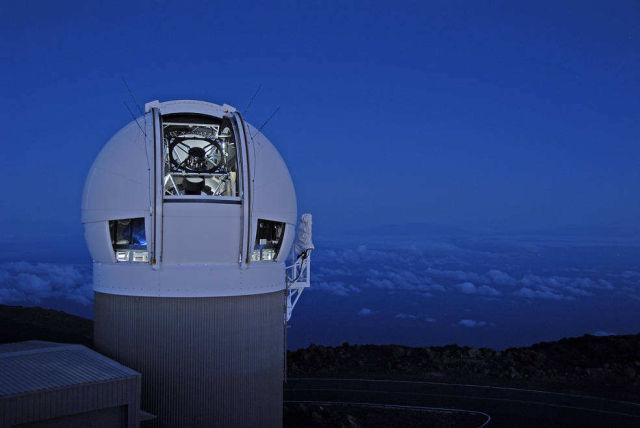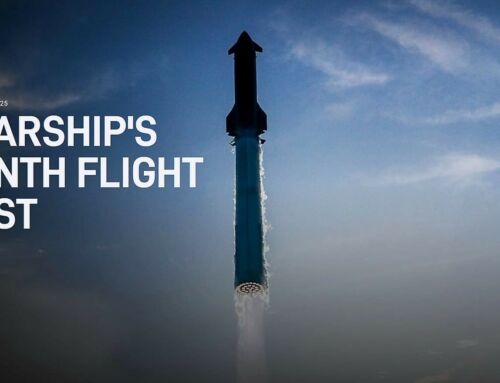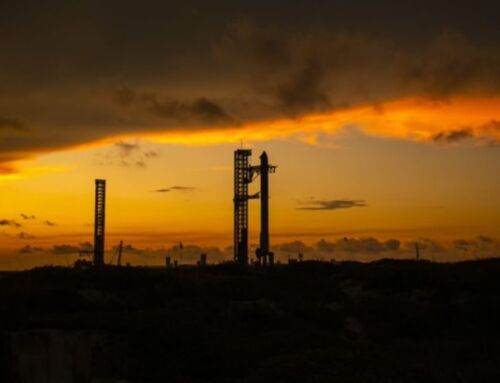NASA is organizing the Planetary Defense Coordination Office, a task force against asteroid threats.
NASA has formalized its ongoing program for detecting and tracking near-Earth objects (NEOs) as the Planetary Defense Coordination Office (PDCO).
Above: The Panoramic Survey Telescope & Rapid Response System (Pan-STARRS) 1 telescope on Maui’s Mount Haleakala, Hawaii has produced the most near-Earth object discoveries of the NASA-funded NEO surveys in 2015. Credits: University of Hawaii Institute for Astronomy / Rob Ratkowski
More than 13,500 near-Earth objects of all sizes have been discovered to date—more than 95 percent of them since NASA-funded surveys began in 1998. About 1,500 NEOs are now detected each year.
The office will be responsible for supervision of all NASA-funded projects to find and characterize asteroids and comets that pass near Earth’s orbit around the sun. It will also take a leading role in coordinating interagency and intergovernmental efforts in response to any potential impact threats.
John Grunsfeld, associate administrator for NASA’s Science Mission Directorate in Washington, said:
“Asteroid detection, tracking and defense of our planet is something that NASA, its interagency partners, and the global community take very seriously. While there are no known impact threats at this time, the 2013 Chelyabinsk super-fireball and the recent ‘Halloween Asteroid’ close approach remind us of why we need to remain vigilant and keep our eyes to the sky.”
NASA has been engaged in worldwide planning for planetary defense for some time, and this office will improve and expand on those efforts, working with the Federal Emergency Management Agency (FEMA) and other federal agencies and departments.
On the other hand, AIM is proposed as ESA’s contribution to a larger international endeavour, the Asteroid Impact & Deflection Assessment (AIDA) mission.
A close-Earth encounter of the binary asteroid 65803 Didymos (1996 GT) in October 2022 provides the optimal target for such a mission, allowing an impact on Didymos’ secondary body to change its orbital period around the primary by a measureable amount – as seen both from ground observatories and from a rendezvous spacecraft.
As part of AIDA, two independent spacecraft would be sent to Didymos:
- An asteroid impactor – the NASA Double Asteroid Redirection Test (DART) Mission led by the John Hopkins’ Applied Physics Laboratory in the United States
- An asteroid rendezvous spacecraft – the ESA Asteroid Impact Mission (AIM).
AIDA is composed of the projectile called DART (Double Asteroid Redirection Test) and an observer satellite called AIM (Asteroid Impact Mission), each under study by NASA and ESA, respectively.The combination of both spacecrafts is referred to as AIDA. As in the separate DART and AIM studies, the target of this mission is the binary asteroid system (65803) Didymos. For a successful joint mission, one spacecraft, DART would impact the secondary of the Didymos binary system in October 2022 while AIM would first characterize the target asteroid (surface and internal properties), observe the impact event and measure any change in the relative orbit.






Leave A Comment